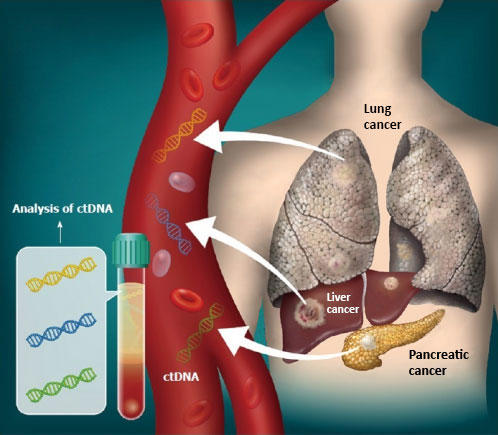The following article is taken from the Banksia Bulletin - summer 2022 edition.
Words by Amy Wier
Building on a Council resolution earlier in 2022 to work with environmental Friends Groups to protect current mistletoe populations within Bayside, an informal Bayside Mistletoe working group has formed with staff from Council's Open Space team and volunteers from several Bayside bushland areas, including Long Hollow Heathland, Bay Road Heathland Sanctuary, George Street Reserve and Yalukit Willam Nature Reserve.
This group has met online with like-minded mistletoe volunteers and staff from Melbourne and Whitehorse city councils and ecologist and mistletoe expert Dr David Watson to discuss the trials and tribulations of re-establishing this important ecological resource back into the natural environment.
A recent outcome from these meetings resulted in Bayside hosting staff and volunteers from Whitehorse City Council to view some of the successful mistletoe propagation trial sites at Long Hollow Heathland and George Street Reserve.
Image: (Far left) Rob Saunders, Convenor Long Hollow Heathland, speaks with visitors from Whitehorse City Council
about Bayside's Mistletoe.
Our Whitehorse visitors were very impressed with the relative 'speed' that some of the Creeping Mistletoe (Muellerina eucalyptoides) berries carefully 'planted' onto Black Wattles (Acacia mearnsii) at Long Hollow Heathland had progressed.
Michael Norris and Rob Saunders have been interested in protecting and growing mistletoe for more than five years and the biggest planted one at Long Hollow Heathland is now six years old - accordingly to photographic records from Pauline Reynolds.
Much discussion was had regarding effective propagation techniques, which aim to replicate the deposit of mistletoe berries by the Mistletoe Bird (Dicaeum hirundinaceum) - a seemingly simple, yet somewhat complex technique to imitate with varying results depending on a myriad of ecological factors.
Unfortunately, Pauline reports that the Drooping Mistletoe (Amyema pendula) sprout (which was doing so well when viewed as part of our visit to George Street Reserve), has since withered and died, but we will persist, have learnt from that failure, and will continue to propagate berries as part of the trial.
Both mistletoe species are indigenous to Bayside, however currently Creeping Mistletoe is relatively more common. An aim of the trial is to restore numbers of both species back into Council's parks and reserves. Mistletoe flowers not only provide an important food source for many species of birds, butterflies and other insects but also contribute to nutrient rich soils from their leaf fall. Although seemingly representing a minor canopy constituent in terms of abundance and biomass, mistletoe increases biodiversity by contributing disproportionately to species richness, community composition and overall ecosystem function.
Read Banksia Bulletin summer 2022 edition






